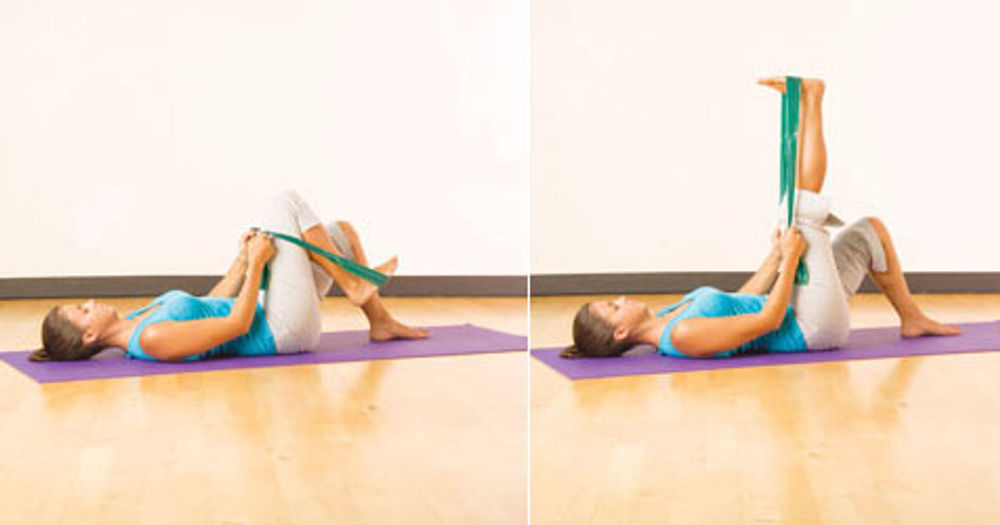

Everything You Need To Know About Musculoskeletal Injury
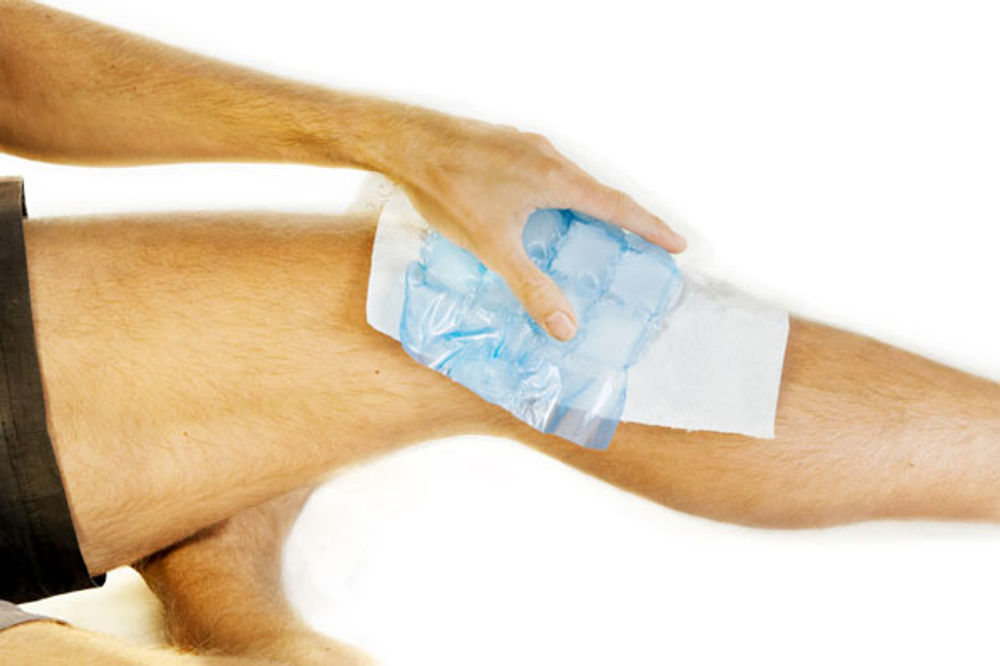
Whether or not a person is physically active, the possibility of musculoskeletal injury is always present. Fortunately, there are ways to minimize the risk, but should an injury happen, it is essential that fitness professionals know how to adjust their clients’ programs accordingly. Here are some of the most common musculoskeletal injuries you might see, as well as information on how to respond to both preexisting and acute injuries.
Read MoreHow to Establish Rapport With Non-Verbal Communication

As a fitness professional, you want to establish rapport with your clients and they, in turn, must be able to trust you and know that you are concerned about their well-being. In this regard, what you communicate non-verbally—through your voice quality or body position, for example—is every bit as important as the words you speak. Learn how you can develop your non-verbal skills to achieve positive and effective communication with your clients.
Read More3 Core Moves to Improve Your Running Form

Whether you are a recreational or elite runner, incorporating a variety of core exercises into your training program may yield significant improvements in your running form. Here are three core exercises to try, along with progressions and regressions to suit your individual needs and fitness level.
Read MoreThe Planes of Motion Explained
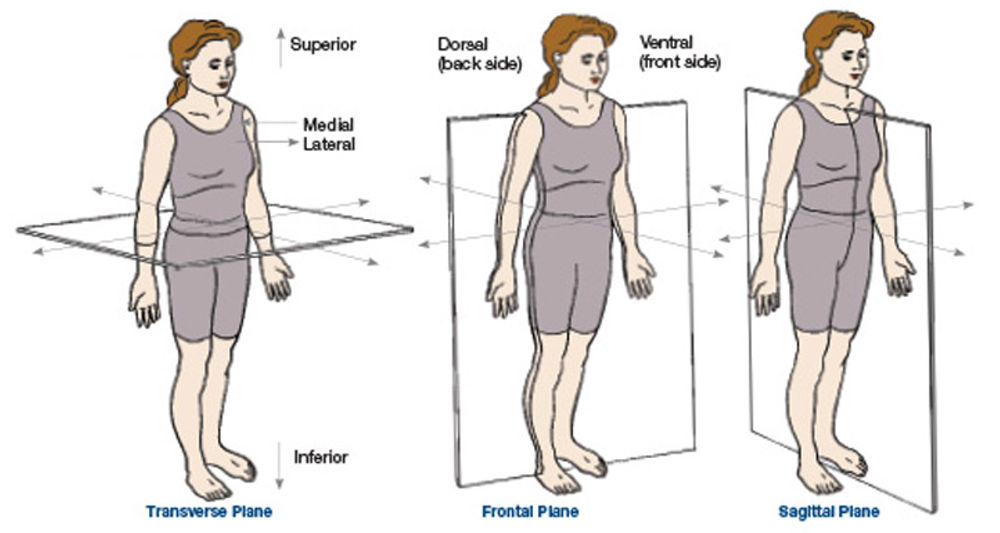
You probably already know that your body doesn’t move in one dimension. It moves in, out, front, back and side-to-side. But do you know what those dimensions are called? Check out our explanation of the different planes of motion, and how you can apply that information to designing well-rounded exercise programs.
Read More4 Tips for a Successful Study Experience

If you’ve just signed up to take your first ACE Certification Exam, you probably have a thousand questions about how to get started. Here are four helpful tips that will help you create a successful study experience and bring you closer to your goal of becoming an ACE Certified Fitness Professional.
Read MoreFast and Efficient Upper-body Training
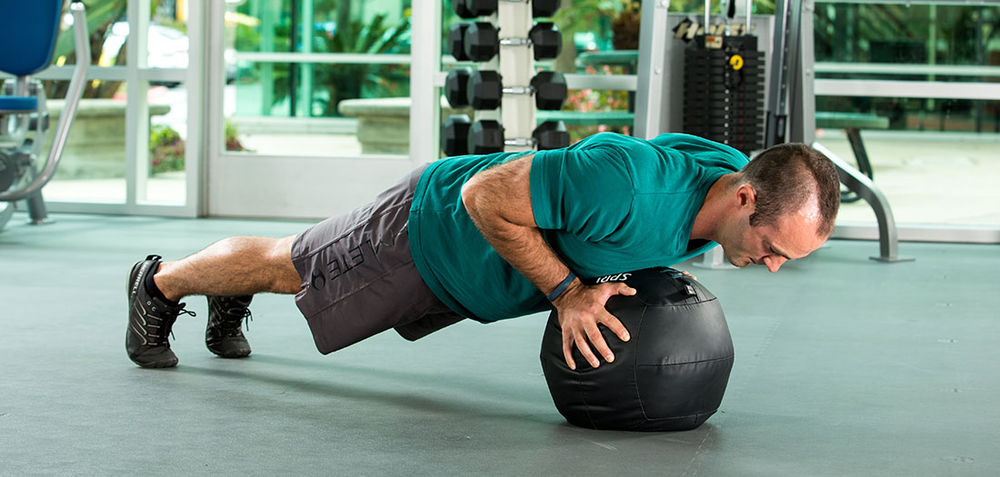
With everyone so short on time, creating efficient workouts while still helping clients achieve results is hugely important. Here is a fast and efficient upper-body program that targets opposing muscle groups and, thus, helps to maximize your clients’ workout time.
Read MoreTotal-body Circuit Featuring the Plyometric Box
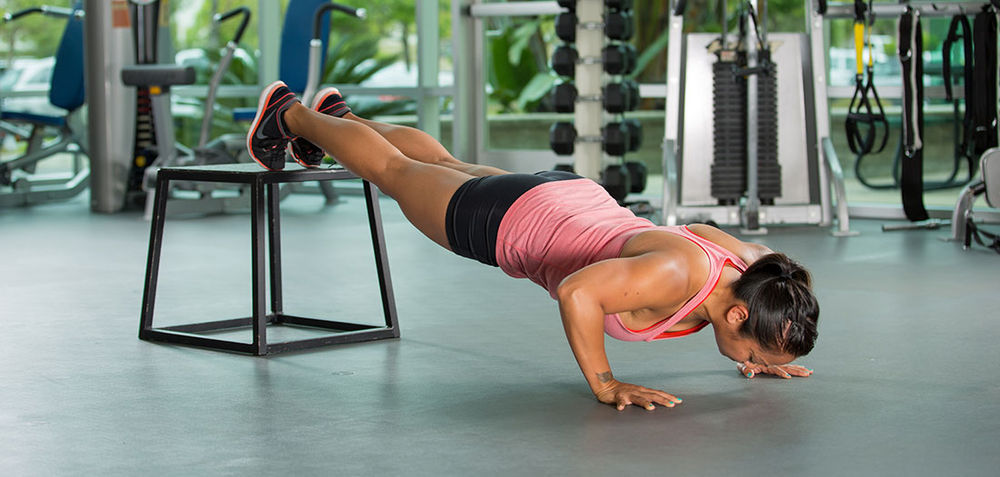
The plyobox offers endless possibilities for varying your workouts while building explosive power and strength. This total-body plyobox workout, which puts the versatility of the plyobox on display, is a great option for those days when time is limited.
Read MoreSet Yourself Up for Success with these Test-taking Strategies

Taking an ACE certification exam (or any exam for that matter) can be unnerving and overwhelming. Being informed on your test format, as well as establishing a test-taking strategy, can help create a more successful test-taking experience.
Read MoreSpecial Populations in Fitness | How to Design Programs for Them

As a fitness professional, you will likely encounter clients that are part of the special population category. Learn what this means and how to work with them.
Read MoreMuscles in Motion
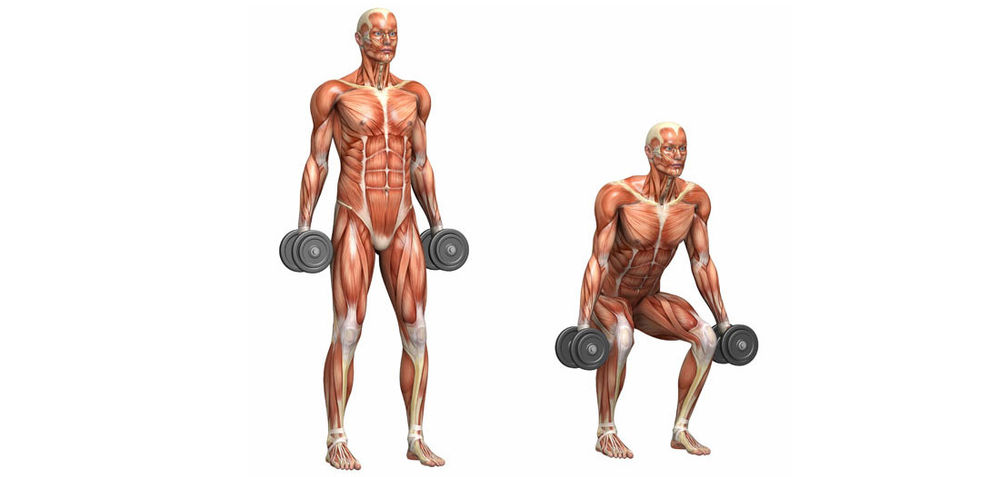
To design safe and effective exercise programs for your clients, you must have a good working knowledge of how muscles move and contract. Here is a great primer on the various actions that muscles perform, along with the roles and responsibilities muscles take on when they move various parts of the body, particularly during exercise.
Read MoreLegal Responsibility

Do you understand what your legal responsibilities entail as a fitness professional? Do you understand what types of insurance you need to protect yourself in the event of a lawsuit? Not only do you need to know this information for the ACE exam, but it is especially important for your work as a fitness professionals. Learn about established standard of care and the different types of insurance that can help keep you protected if a client gets hurt.
Read MorePractical Application of the ACE IFT Model—Phase 1: Stability and Mobility Training

The ACE Integrated Fitness Training (ACE IFT) Model is an incredibly useful tool for designing safe and effective exercise programs for your clients. This new blog series explains the purpose of the ACE IFT Model as well as its phases and training components, which will help you design individualized programs to meet the varying needs of your clients. In part 2, we cover Phase 1 of the ACE IFT Model: Stability and Mobility Training.
Read MoreLower-body Exercises for Dynamic Balance

Incorporating balance training into exercise programming is essential to improving stability and mobility. Try these lower-body dynamic balance exercises.
Read MorePractical Application of the ACE IFT Model—Phases 3 and 4: Load and Performance Training

The ACE Integrated Fitness TrainingTM (ACE IFTTM) Model is an incredibly useful tool for designing safe and effective exercise programs for your clients. This continuing blog series explains the purpose of the ACE IFT Model as well as its phases and training components, which will help you design individualized programs to meet the varying needs of your clients. In part 4, we cover Phases 3 and 4 of the ACE IFT Model: Load and Performance Training.
Read MoreAxis of Rotation
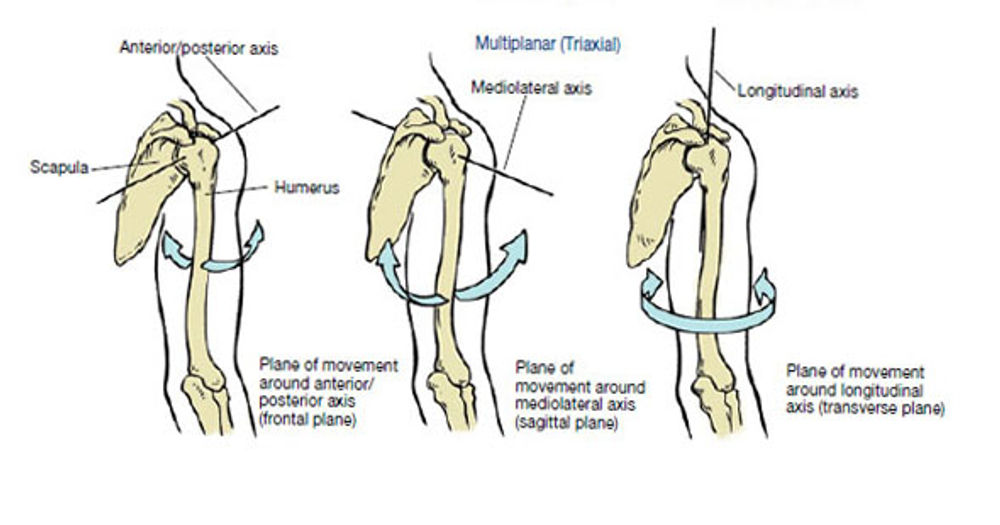
If you’re having trouble understanding the concept of the axis of rotation, here is a great primer on this somewhat complex concept. Learn about the three axes of rotation and the various types of movements that occur at different types of joints.
Read MorePractical Application of the ACE IFT Model - Phase 2: Cardiorespiratory Training

The Cardiorespiratory component of the ACE Integrated Fitness Training (ACE IFT) Model offers a framework for individualized programming. In the second installment of this series, you’ll learn key concepts to keep in mind when programming using Phase 2: Aerobic Efficiency Training.
Read MorePractical Application of the ACE IFT Model
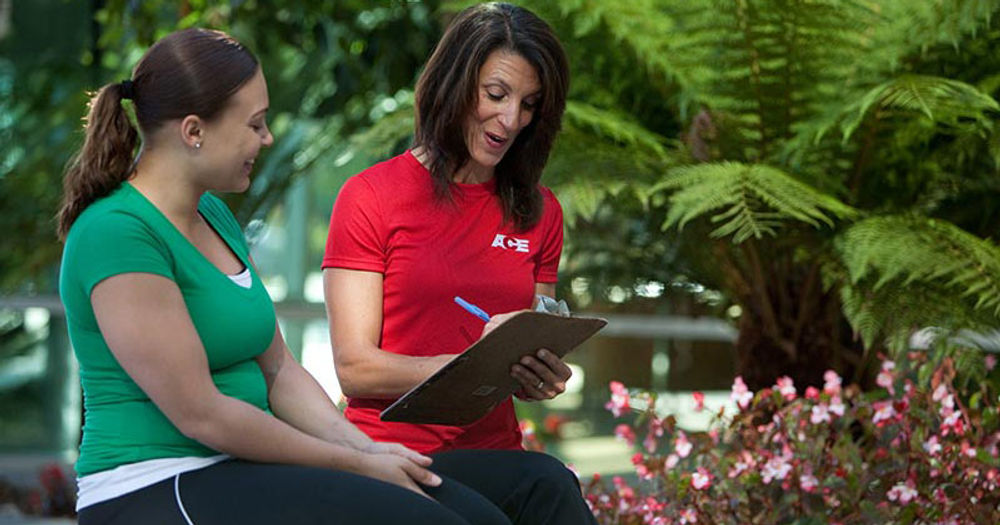
The ACE Integrated Fitness Training (ACE IFT) Model is an incredibly useful tool for designing safe and effective exercise programs for your clients. This blog addresses practical application of the functional movement & resistance training component of the IFT model, which will help you design individualized programs to meet the varying needs of your clients.
Read More5 Exercises to Add to Your Lower Back Exercise Program
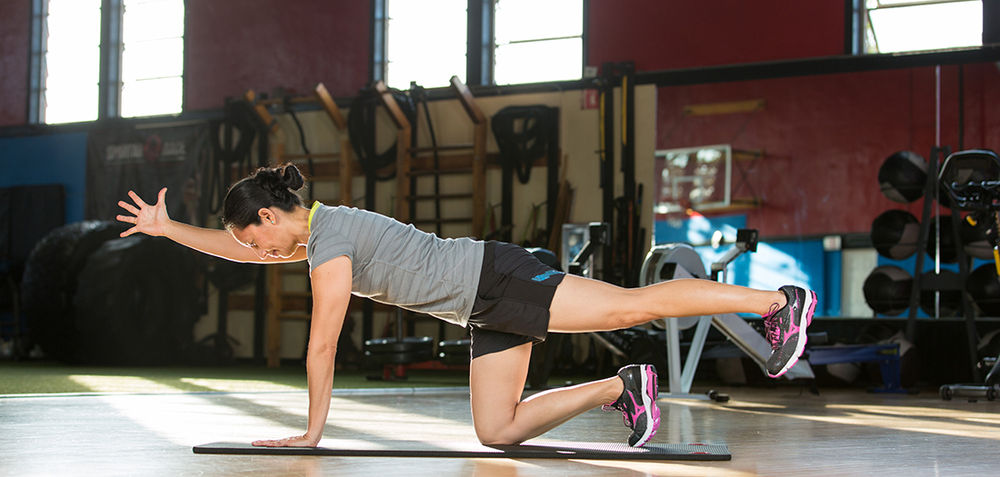
Low back pain is one of the most common musculoskeletal disorders that plagues the population. Whether it is acute or chronic and no matter where the pain stems from, it can be debilitating and can limit one’s ability to function in daily life.
Read MoreLower-body Plyometric Workout
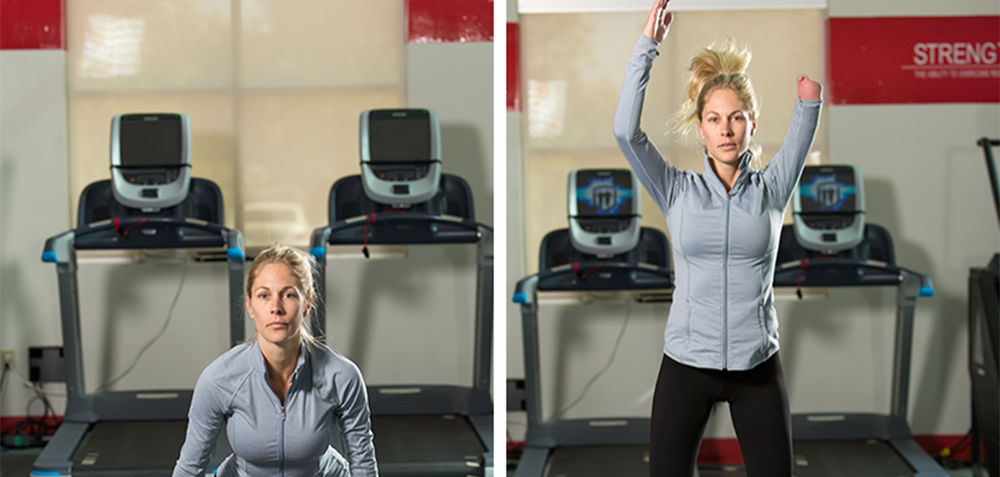
Plyometric exercises yield tremendous benefits in strength, coordination and balance, while also increasing caloric expenditure. For these reasons, incorporating plyometrics—such as this four-exercise lower-body workout—into your clients’ programming can be a great way to complement their lower-body strength-training routines.
Read MorePractical Application of the ACE IFT Model—Cardiorespiratory Training: Phase 1

The Cardiorespiratory component of the ACE Integrated Fitness Training (ACE IFTTM) Model provides a layout for individualized cardiorespiratory programming. It allows for long-term progression for clients of all fitness levels, from the sedentary to the competitive athlete. Based on your client’s goals, programming should include frequency, intensity, and type of training.
Read MoreTypes of Stretching
Get in the Know
Stay connected with us to get the latest health and fitness news, innovative workouts, healthy recipes and wellness tips.




